Major New Resources for Craft3 to Benefit Rural Community Facilities and Tribal Communities Across Northwest
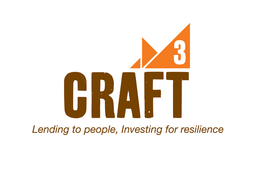
Source: Press Release
USDA Rural Development loan capital to be paired with grant from Northwest Area Foundation
ILWACO, WASHINGTON – Regional nonprofit lender Craft3 has received access to $22 million in new resources to support the development of community facilities in rural and tribal communities across the Northwest. The award will build capacity for small, rural towns and Native organizations and make community-centered investments that help reduce persistent poverty.
“Lack of capital in tribal communities means a lack of opportunity – and that lack of opportunity has helped create generational, persistent poverty.” said Adam Zimmerman, President & CEO of Craft3. “We’re proud to be partnering with USDA Rural Development and the Northwest Area Foundation on Uplift America to make critical investments that improve quality of life, reduce poverty, improve access to capital, and create jobs.”
The new resources come in the form of access to a $20 million low-interest Community Facilities loan from USDA Rural Development, and a $2 million grant from Northwest Area Foundation.
“Northwest Area Foundation is pleased to provide a $2 million companion grant to Craft3 through our partnership with the Uplift America Fund to support the delivery of USDA Community Facilities Loans to underserved rural communities across Oregon and Washington, particularly in Northwest Indian Country. Craft3 has shown an unwavering commitment to rural places and has a strong track record of financing community facilities that support essential human services which strengthen the resilience of Pacific Northwest communities,” said Karla Miller, Program Director at Northwest Area Foundation.
Craft3 has a long history of financing community facilities in rural areas, including:
- Shoalwater Bay Tribe Wellness Center in Tokeland, Washington;
- Oregon Coast Community Action’s Child and Family Resource Center in Coos Bay, Oregon;
- Clatsop Community College in Astoria, Oregon; and
- Downtown Ambulatory Health Center in Port Angeles, Washington.
“Today’s award will support targeted, place-based investments in isolated rural communities,” said Vicki Walker, Oregon State Director for USDA Rural Development. “These low-interest loans can have a real impact on reducing poverty and foster greater leveraging of private and philanthropic investments in remote areas. By providing this game-changing level of investment capital, USDA and our partners are taking a considerable step to improve the quality of life in rural Oregon and Washington.”
"These investments will lift the economic prospects of our communities and create jobs, especially in those areas that have not yet realized their potential for growth,” said Mario Villanueva, Washington State Director for USDA Rural Development. “Thanks to this financing, USDA Rural Development's local partners will have the resources to build, create and invest in the essential community facilities and services, like public safety, health care and education.”
Since Craft3 was founded in 1994, it has invested:
- over $17 million in Indian Country, including in Tribal governments, Tribal corporations, Native Community Development Financial Institutions (CDFIs), and Native entrepreneurs. Examples of Craft3-funded projects are medical and dental facilities, other essential services, land acquisition, Tribal enterprises, fishing loans, small business loans, and capital investments in Native CDFIs.
- over $32 million in local government, education and nonprofit projects. Examples include community facilities, health care, schools, child care, playgrounds, domestic violence shelters, food banks, downtown renewal projects, and conservation projects.
All news
Source URL:
The USDA recently announced updates to its Community Facilities Loan Program “that allow the Agency to make direct loans to eligible lending institutions (referred to as ‘re-lenders’) who then will re-loan the funds to eligible applicants for eligible community facility projects.” Through the Community Facilities Relending Program, USDA can provide up to $500 million in long-term, very low-cost financing for CDFIs to facilitate much-needed infrastructure projects in communities that have suffered for decades from persistent poverty and underinvestment.
Uplift provides additional financial ingredients that allow community lenders to access these funds and increase the chance they will make a difference. Private grants offer critical capacity building support like staffing, technical assistance or community planning, and net-asset assistance to strengthen balance sheets and allow borrowing of these resources. Financial guarantees from banks make community lenders more attractive to USDA.
Click here to learn more about investment opportunities.
Public Lands Protest BLM, BIA, USACE, USFWS, USFS Saturday, Feb. 13, 2016
USDA Disguising Access for Sustainability in Region's Travel Analysis Reports
USACE Quarterly Permitting Process Meetings Coos County Feb. May, Aug. & Nov
TNC Benefits from States Loss & $450 Million More from Taxpayers for LWCF
County Planning Reopens Record for Comments Part of LNG Project Dec. 29, 2015
County Planning Approves Weyerhaeuser Co. to Lawfully Create Lots or Parcels
BOC Town Hall on Camping at Bastendorff Beach in Charleston December 2, 2015
AOC Conference ~ OR County Commissioners in Cahoots November 17-20, 2015
BOC Advertising for Finance Director/County Administrator After Voters Rejected It
Vote NO on the Transient Occupancy Tax ~ Measure 6-152
BOC ~ County Dog Board, Prisoner Release, Public Meeting for October 13, 14, & 15
Board of Commissioners Op-Ed for Measure 6-152 Transient Occupancy Tax
Coos Bay Alternative Location for Waste Water Treatment Plant Oct. 6, 2015
Bandon Cheese Factory Receives Private Financing & Still Pays No Property Taxes
LTE ~ Leshley Don't Know Dick About the JCEP Work Camp
Jody McCaffree Appeals LNG Road Construction Coos County Planning Oct. 9, 2015
Do Enterprise Zones Work? ~ An Ideopolis Policy Paper February 2011
Educational Enterprise Zone Workshop Roseburg OR Thursday, September 17, 2015
Coos County Planning Decisions on LNG & Effected Roads
SCDC ~ Divvying Up Public Funding at Annual Board Meeting Thursday June 2, 2016

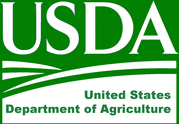
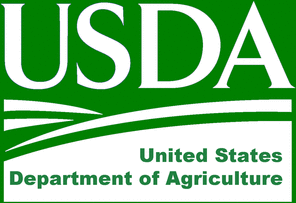
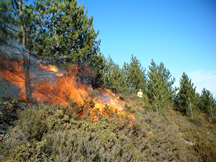
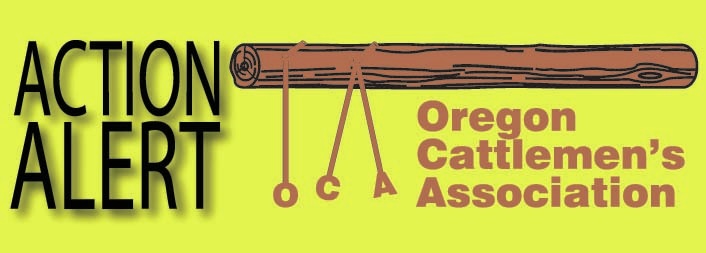

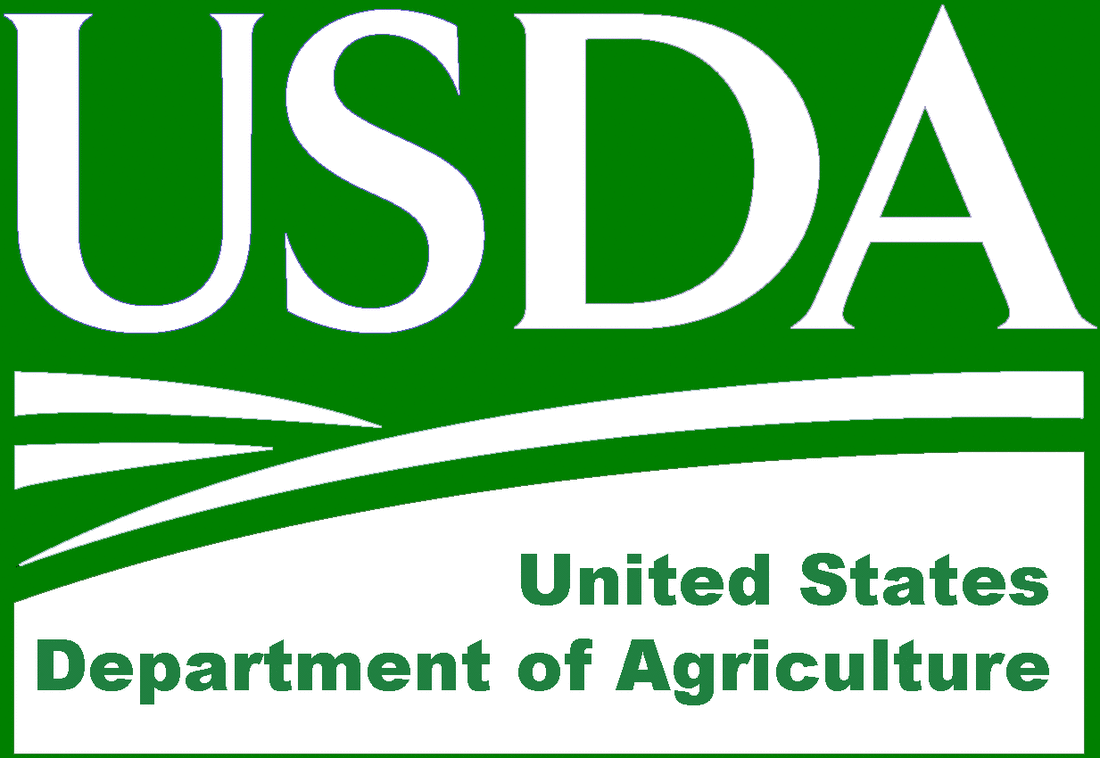



 RSS Feed
RSS Feed
